History of Istanbul Archaeology Museum
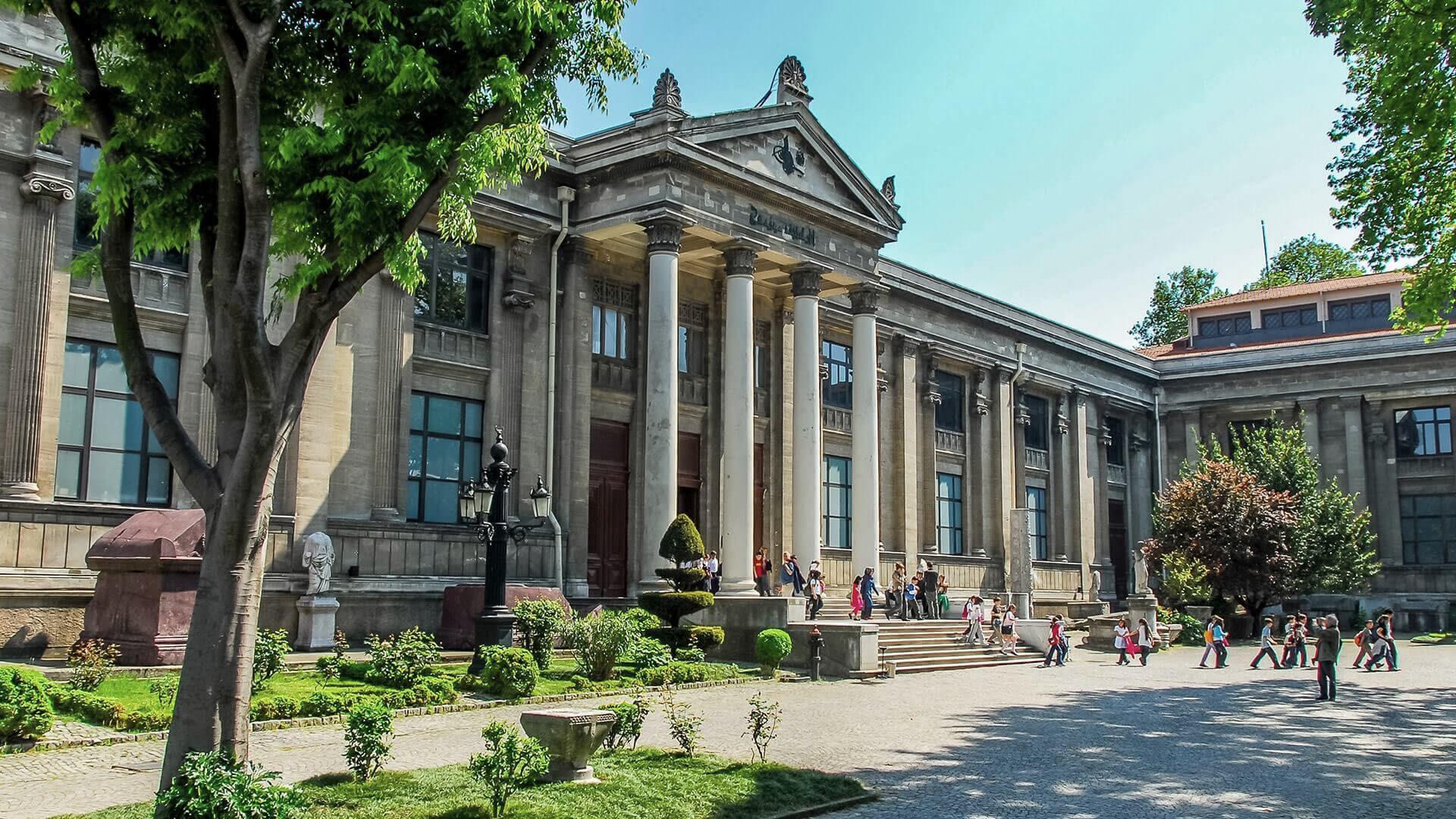
History of Istanbul Archaeology Museum
The Istanbul Archaeological Museums (Istanbul Arkeoloji Müzeleri) are a three-part museum complex in Istanbul. The Archaeology Museum, the Museum of the Ancient Orient, and the Museum of the Tiled Kiosk. The palace collections were established during the late 19th century by museum curator, master painter ("The Tortoise Trainer"/Pera Museum) and archaeologist Osman Hamdi Bey, and are housed in these three different main units in the same courtyard. The Istanbul Archaeological Museum, the first daily museum in the Ottoman Empire's and Turkey's past, houses over a million objects from various cultures brought from the imperial lands.
The interest in collecting historical objects dates back to Mehmet the Conqueror's reign, but the establishment of Istanbul Archaeological Museums as Müze-i Hümayun in 1869 marks the formal advent of museums (Imperial Museum). The Istanbul Archaeological Museum's base is Müze-i Humayun, which houses the archaeological works gathered in the Hagia Irene Church. Since Hagia Irene was insufficient, the Tiled Kiosk, constructed during Mehmet the Conqueror's reign, was transformed into a museum. In 1880, the Tiled Kiosk, which is now managed by the Istanbul Archaeological Museum, was renovated and reopened its doors.
The selection of Osman Hamdi Bey (Biography) as museum director in 1881 marked a significant milestone in Turkish museology. Osman Hamdi Bey excavated in Mount Nemrud, Myrina, Kyme, other Alolia Necropolises, and Lagina Hekate Temple, and as a result of excavations he conducted in Sayda (Sidon) between 1887 and 18888, he entered the necropolis of King Sidon and returned to Istanbul with several sarcophagi, including Alexander the Great's famous sarcophagi.
The Tiled Kiosk (1472 CE) is the oldest structure in the Istanbul Archaeological Museum complex. One of the oldest examples of Ottoman civil architecture is the Tiled Kiosk Museum, which currently showcases examples of Turkish tiles and ceramics.
The Istanbul Archaeological Museums are among the top ten museums in the world that are built as museum institutions and used for this purpose. Osman Hamdi Bey built the building that now houses the Museum of Ancient Oriental Works in 1883 as the Sanayi-i Nefise college, or Academy of Fine Arts. Alexander Vallaury, who would later design the Istanbul Archaeological Museum Classic complex, was the architect of the structure.
The Archaeological Museum is one of the few buildings in the world built as a museum during that time period. It is one of Istanbul's most exquisite and magnificent examples of neo-classical architecture. The inscription "Asar- Atika Müzesi" is written in Ottoman Turkish on the pediments of the museum's entry door (Museum of Antiquities). Sultan Abdulhamid II is represented by the tughra on the inscription.
The Tomb of Iskender (Alexander Sarcophagus), Tomb of "Crying Women" (Sarcophagus of the Mourning Women), Lycia Tomb, and Tabnit Tomb, which were brought to Istanbul from the Sidon King Necropolis excavations conducted by Osman Hamdi Bey between 1887 and 1888, required a new museum building. The Classical Building of the Istanbul Archeological Museum, designed by the renowned architect Alexandre Vallaury, was inaugurated on June 13th, 1891, directly across from The Tiled Kiosk.
Location of Istanbul Archaeology Museum
On the Osman Hamdi Bey hill, which connects Gülhane Park and the Topkap Palace Museum, the complex is situated in Sultanahmet neighborhood, Fatih district's historical peninsula. The Istanbul Archeology Museum complex is easily accessible by walking down the slope from Topkap Palace's first court or up the hill from Gulhane Park's main entrance (Rose Park).
Explore More about Istanbul with Iamistanbul!
Iamistanbul lets you know about the best stories in Istanbul! through our website, you can find the best things to do in Istanbul, best historical spots in Istanbul, some of the best museums in Istanbul and many more! Explore Istanbul today through our website, and learn more about Istanbul's landmarks!




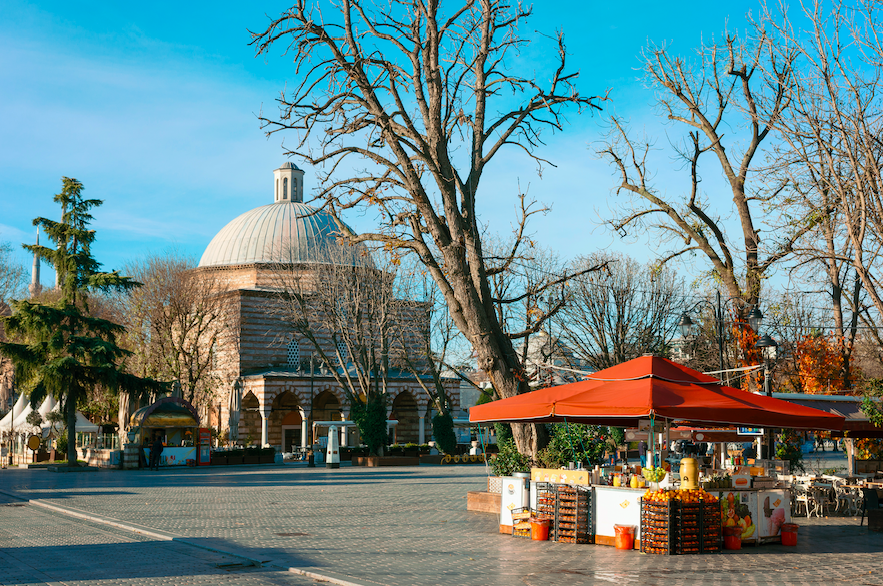
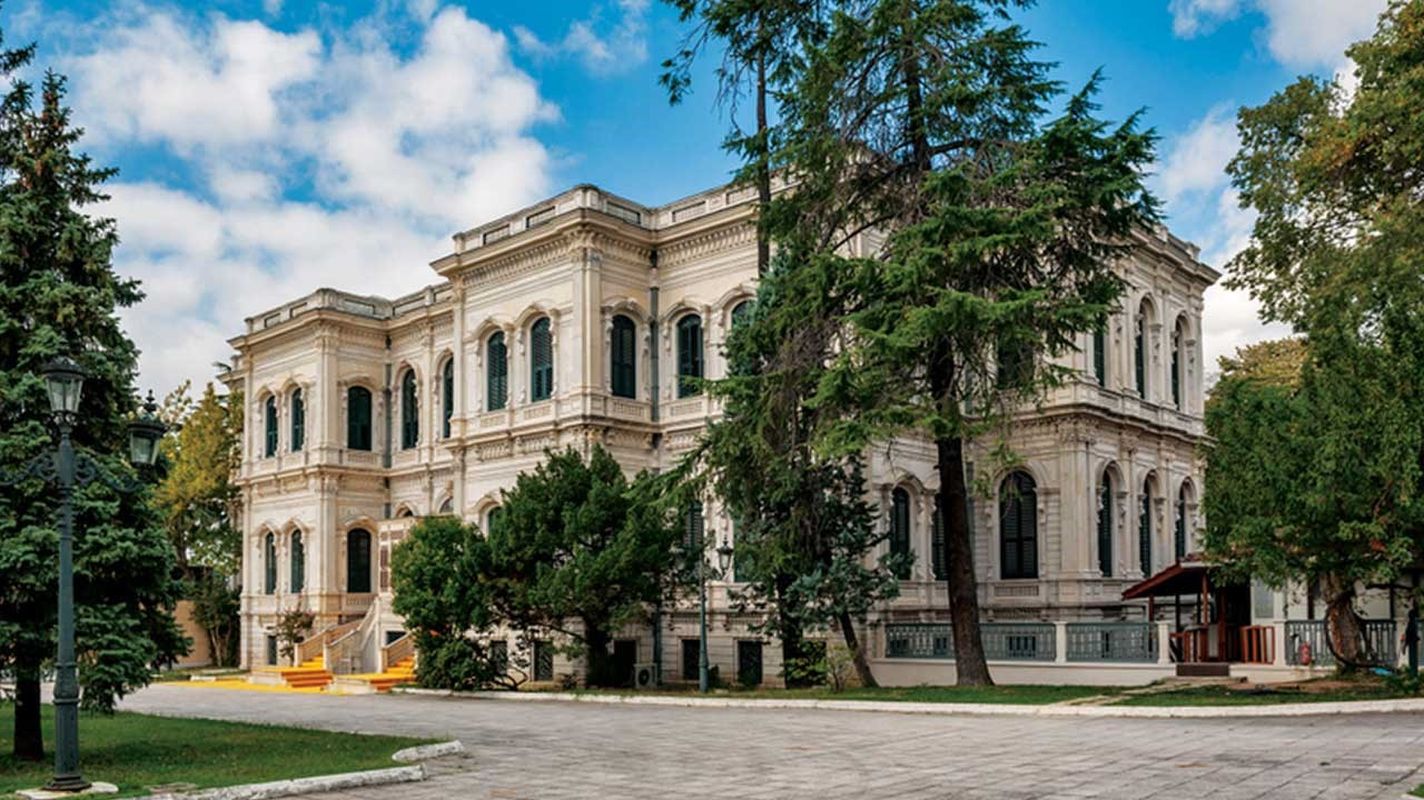

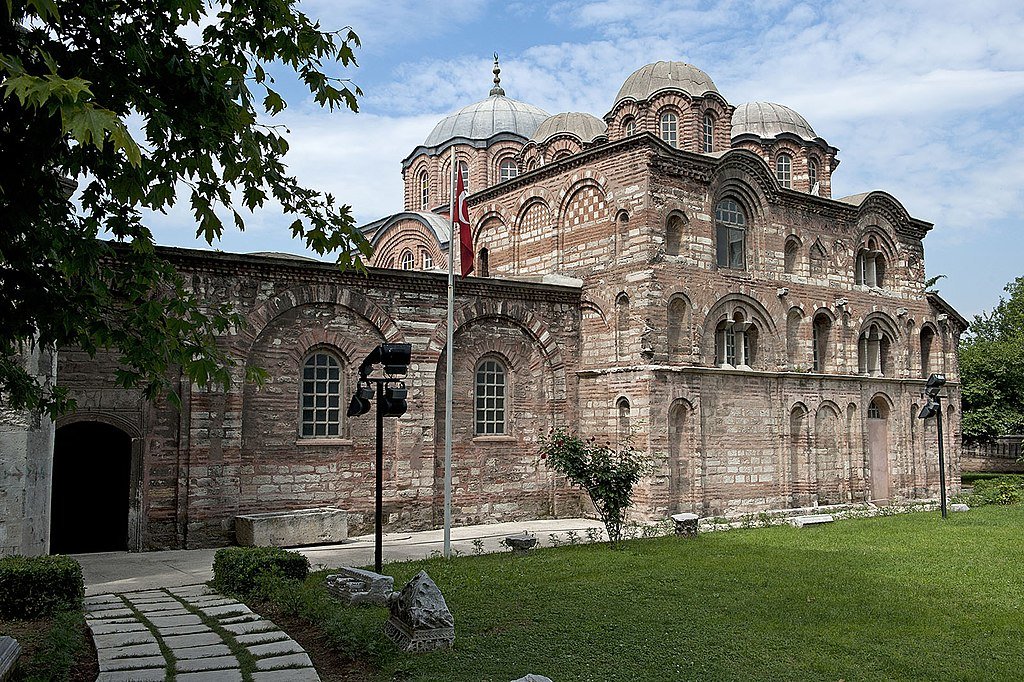

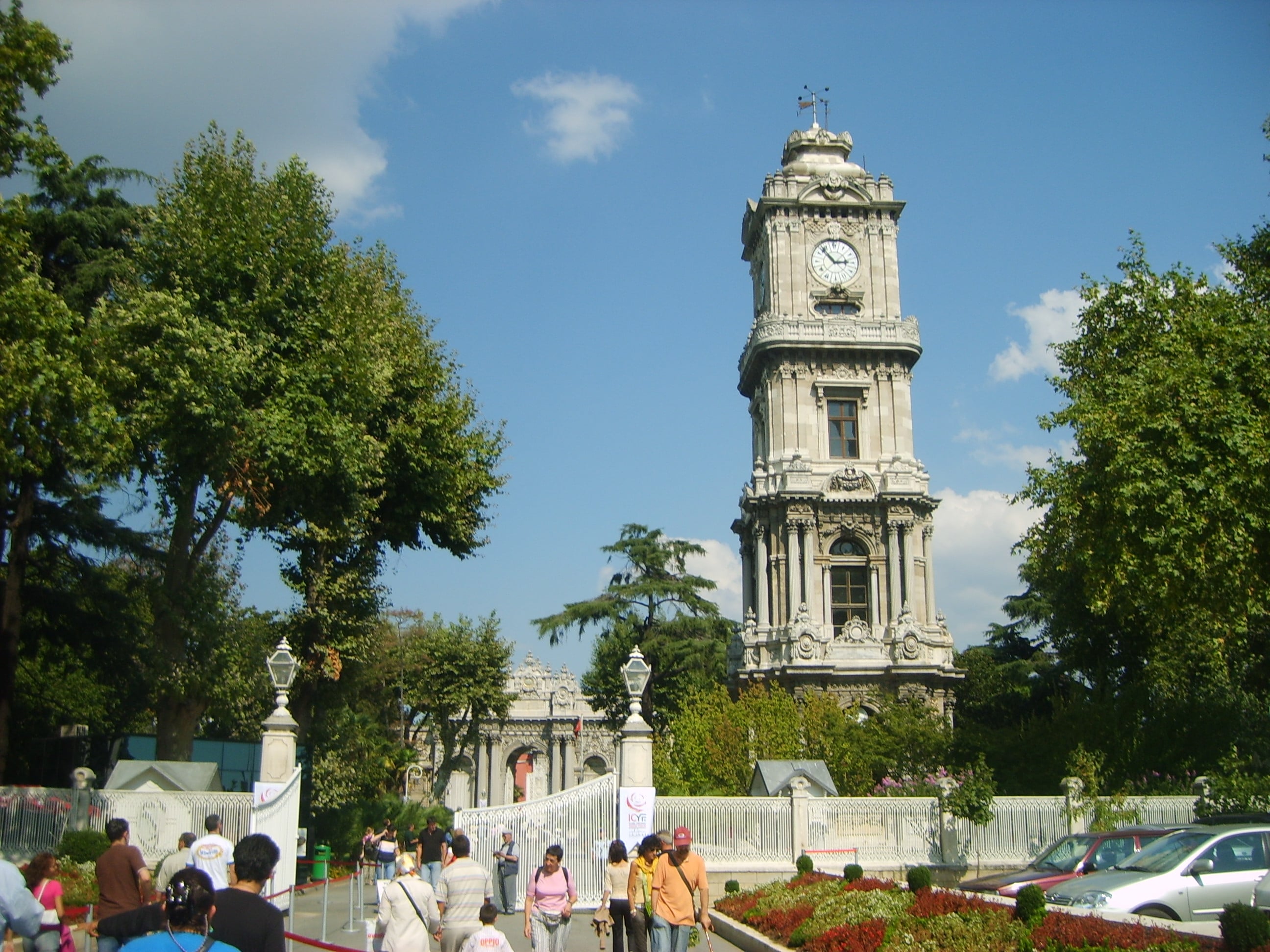
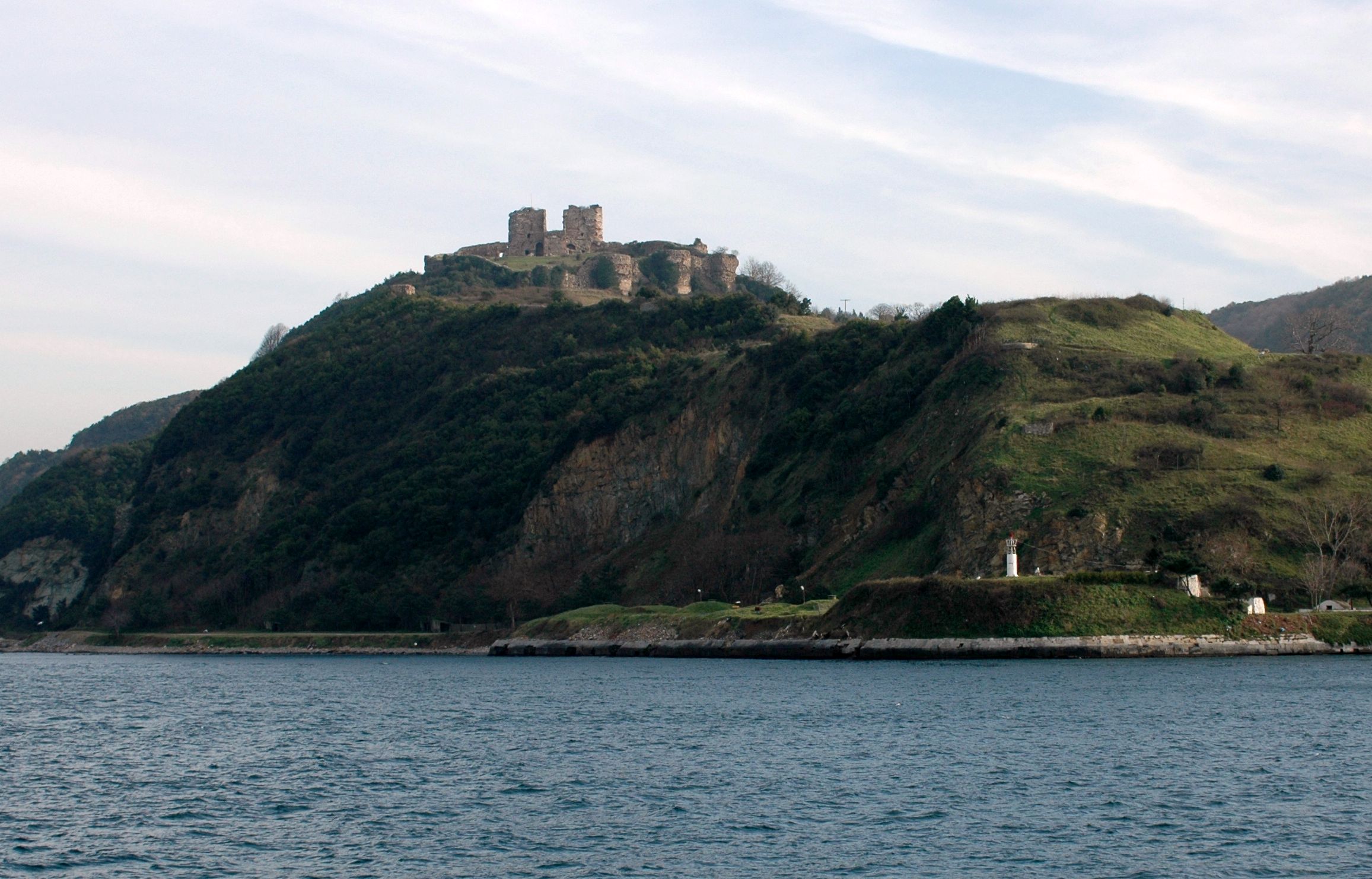
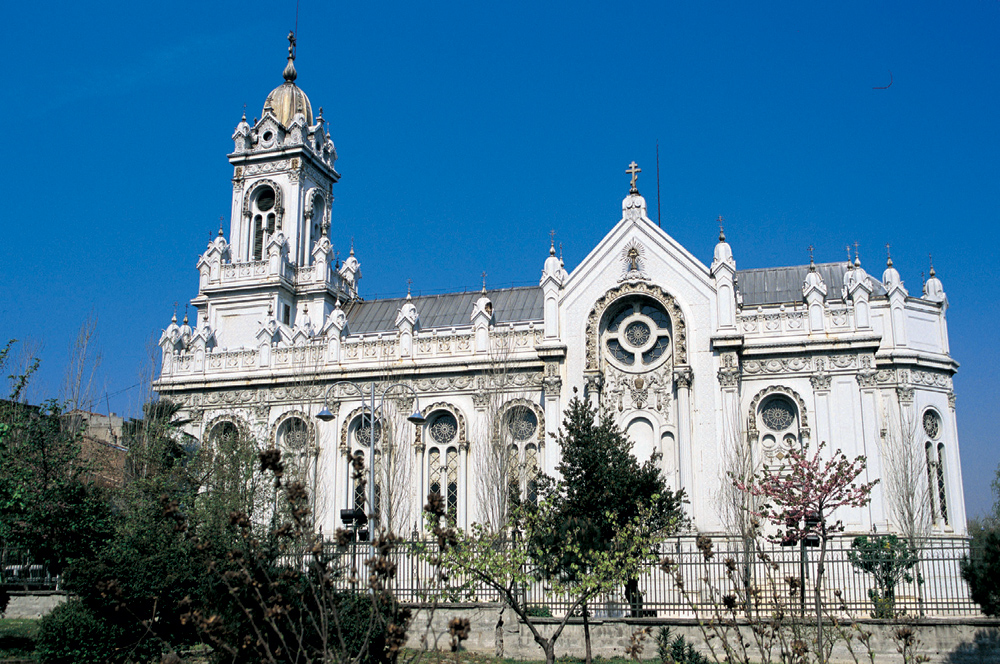
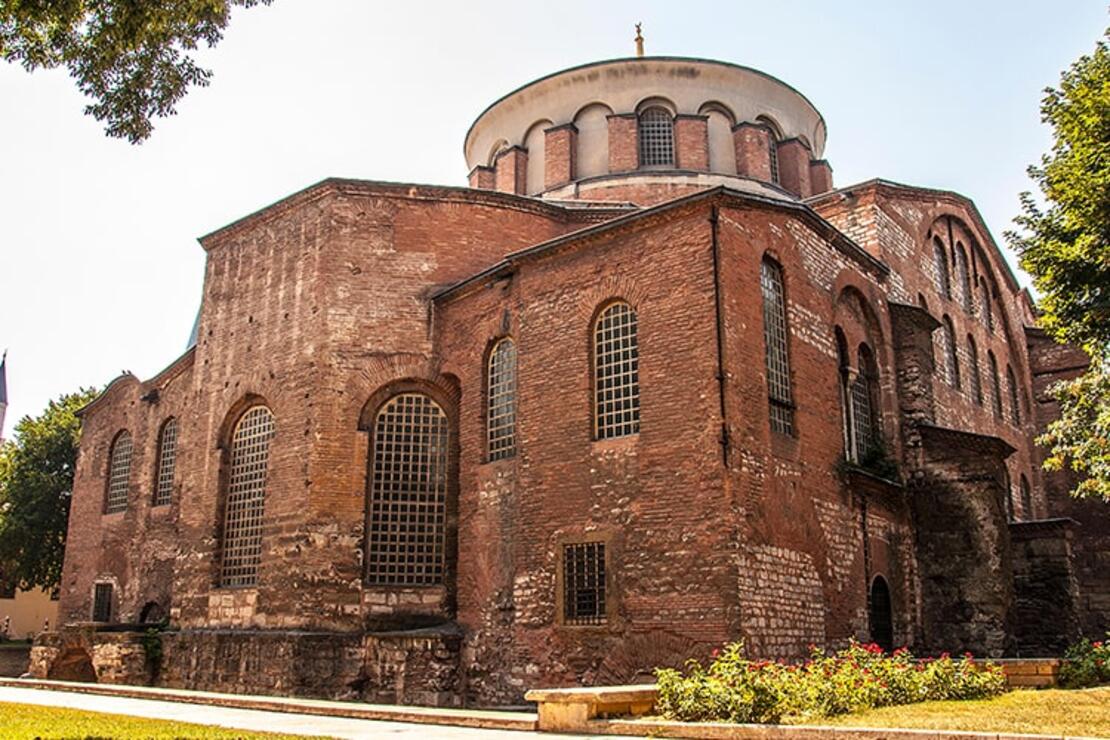
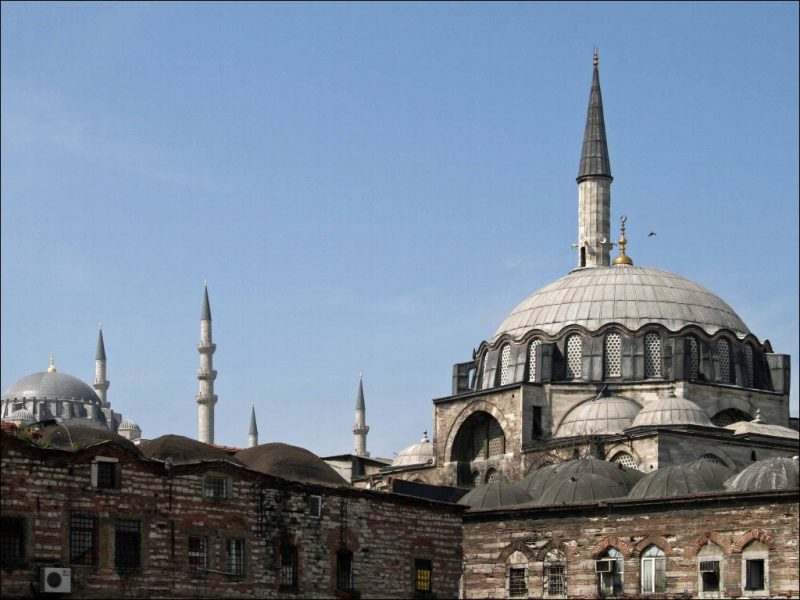
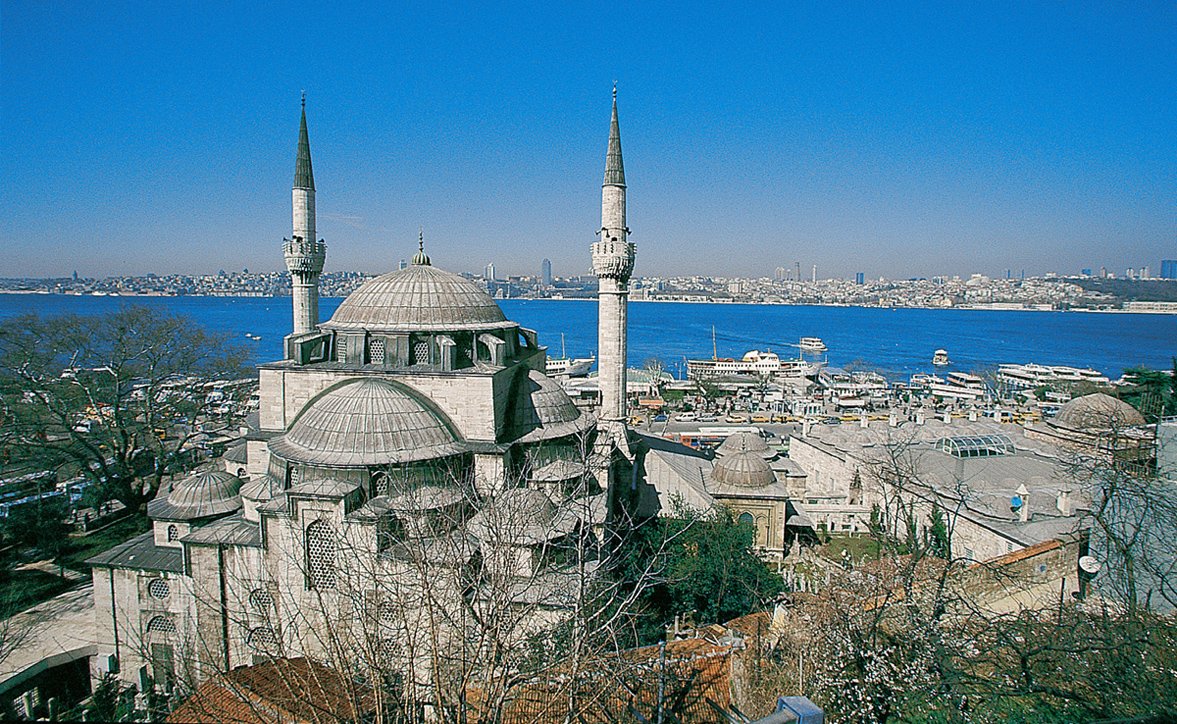
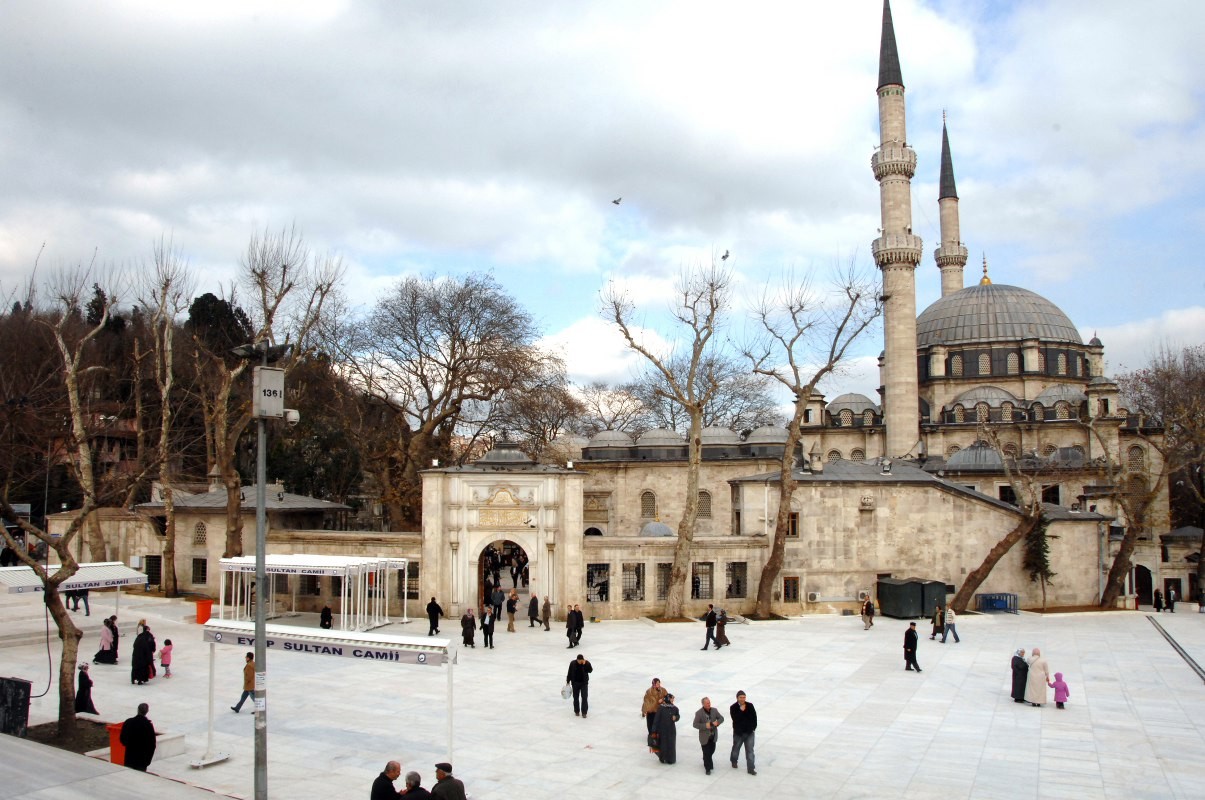





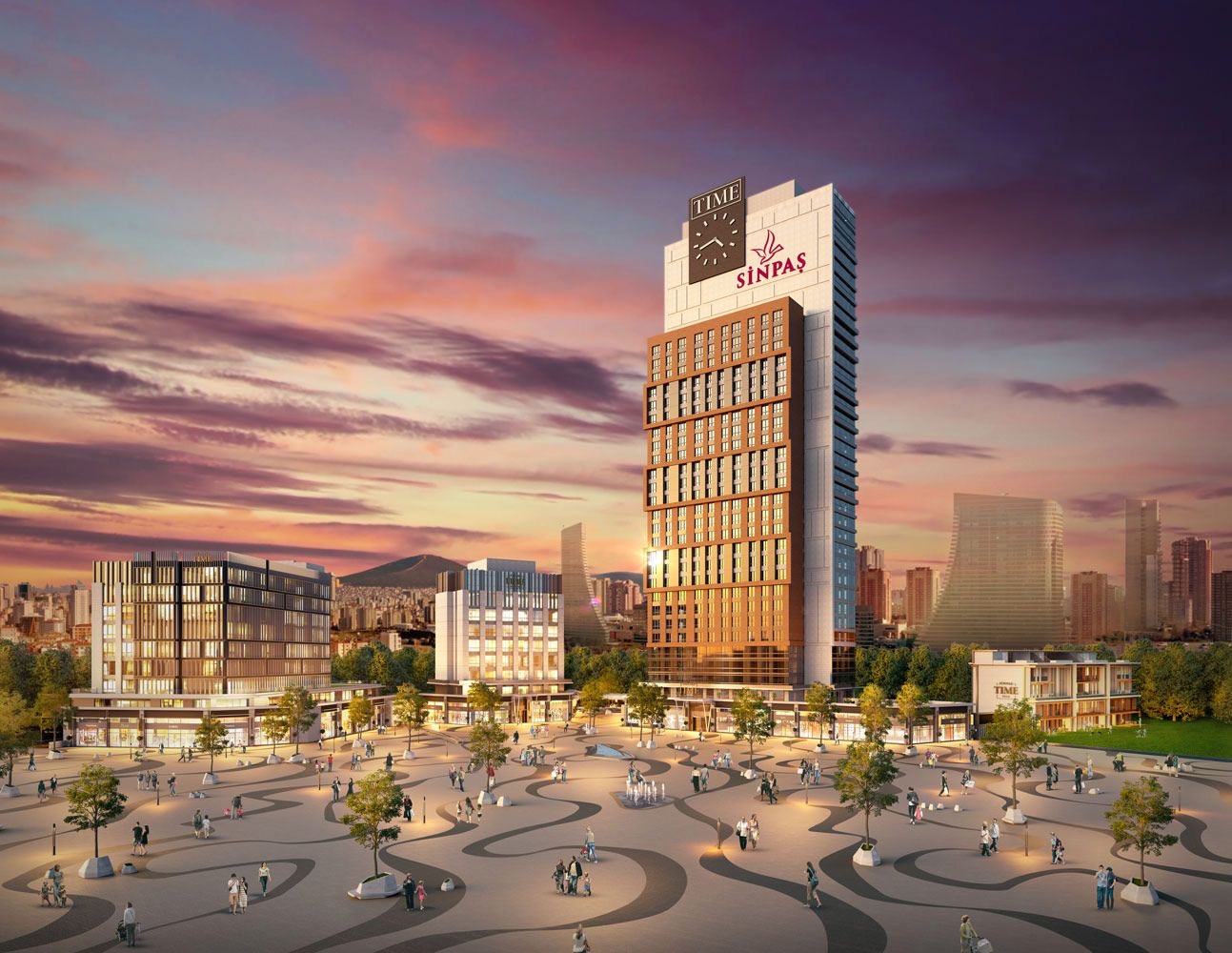

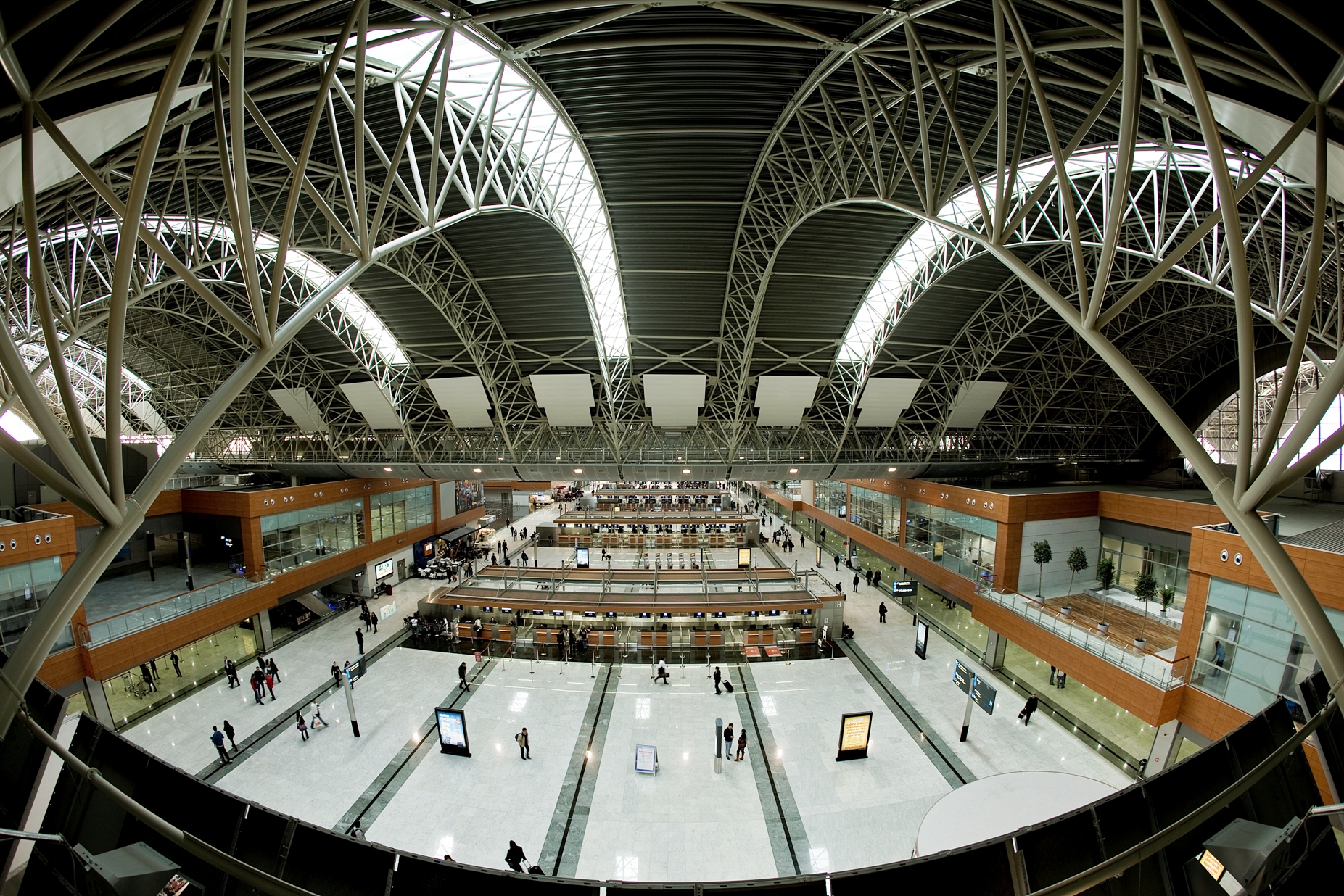

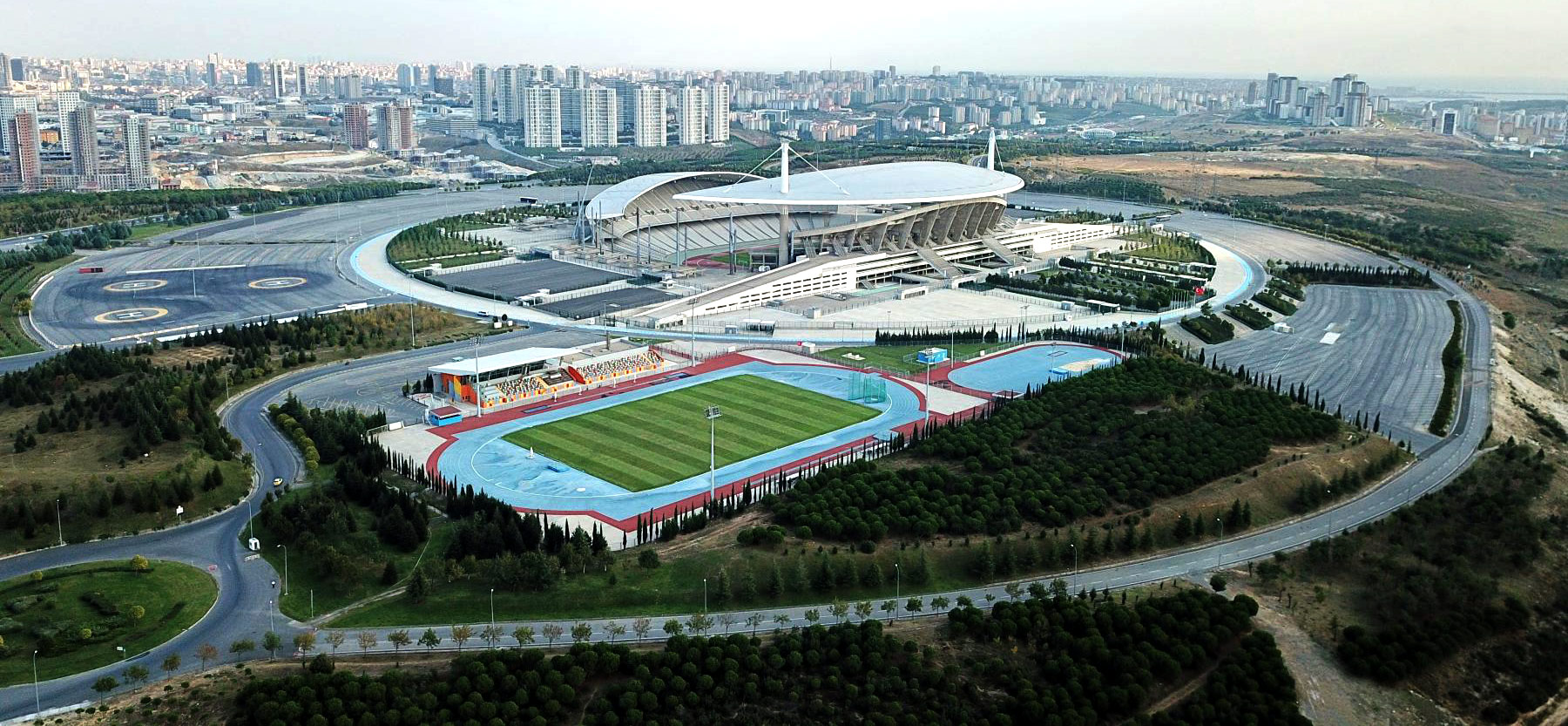
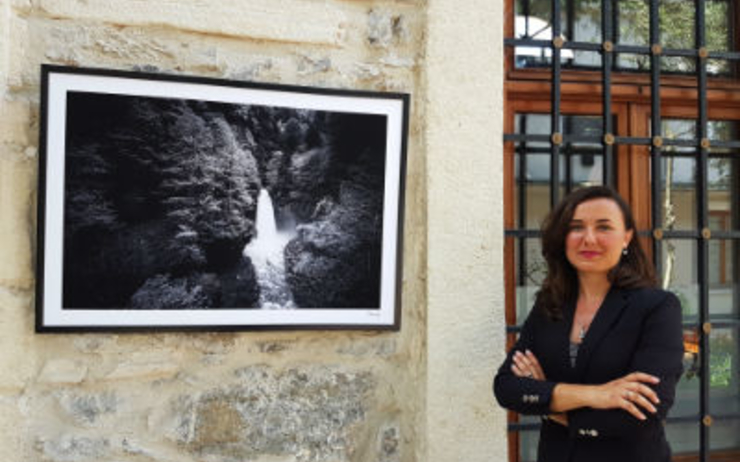
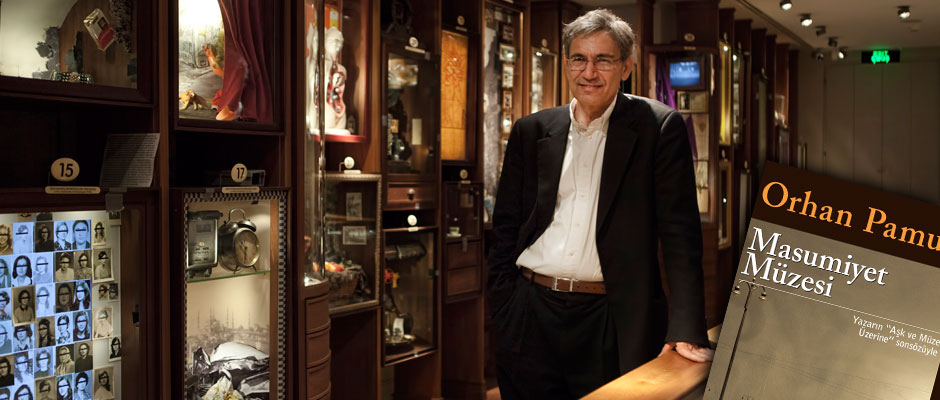


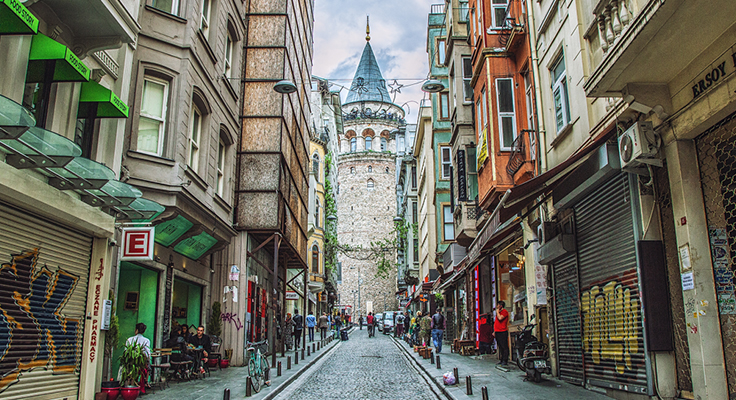
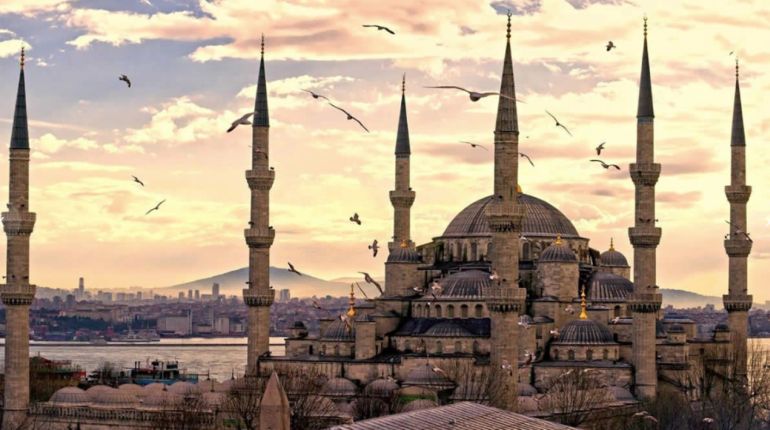
More posts by Gokce Nacar